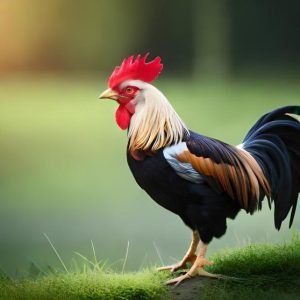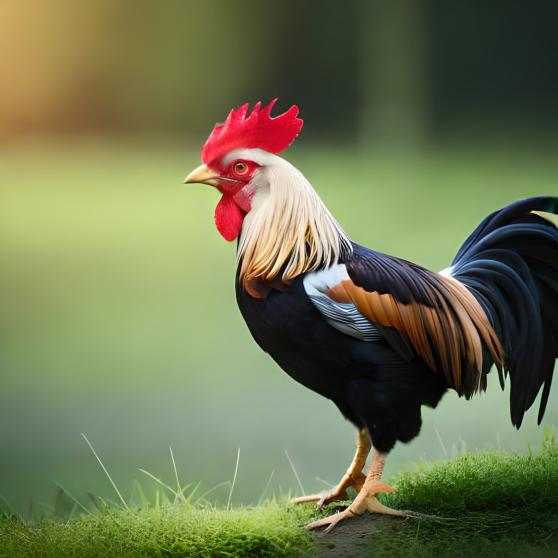International Chicken Day is an informal celebration dedicated to appreciating the role of chickens in agriculture, food, and culture around the world. On this day, people come together to recognize the contributions of chickens to our lives, celebrate their unique characteristics, and raise awareness about their welfare and the importance of sustainable farming practices.
the role of chickens in agriculture, food, and culture around the world. On this day, people come together to recognize the contributions of chickens to our lives, celebrate their unique characteristics, and raise awareness about their welfare and the importance of sustainable farming practices.
Quick fact
| Fact | Information |
|---|---|
| Event Name | International Chicken Day |
| Date Observed | July 6th |
| Purpose | To celebrate and promote the consumption of chicken meat |
| Origin | Created by the National Chicken Council in the USA |
| First Celebrated | 1984 |
| Types of Chicken Meat | Broiler, Roaster, Fryer, Capon, Cornish Game Hen, etc. |
| Global Consumption | Chicken is the world’s most popular meat, with over 100 billion chickens consumed annually |
| Nutritional Value | Chicken is a good source of protein, vitamins, and minerals |
| Popular Chicken Dishes | Fried chicken, Chicken curry, Chicken Alfredo, Chicken Parmesan, Chicken pot pie, Chicken tacos, etc. |
| Chicken Breeds | There are hundreds of chicken breeds, including Rhode Island Red, Plymouth Rock, Leghorn, and Sussex |
| Fun Fact | The average American eats more than 90 pounds of chicken per year |
Significance of Chickens: The Multifaceted Contributions of Our Feathered Friends
Chickens are among the most common domesticated animals worldwide, providing a significant source of protein through their meat and eggs. Their contributions to agriculture extend beyond just food, as they also help control pests, fertilize soil, and contribute to a sustainable farming ecosystem.
In many cultures, chickens play a role in folklore, mythology, and symbolism. For instance, the rooster is often associated with bravery, vigilance, and good fortune. Chickens also serve as subjects for art, literature, and even fashion.
Celebrating International Chicken Day: Ways to Appreciate Chickens and Promote Their Welfare
Here are some ideas on how to celebrate International Chicken Day and promote awareness about the contributions of chickens and their welfare:
- Learn about chickens: Educate yourself about the various breeds of chickens, their unique characteristics, and their roles in agriculture and culture.
- Support sustainable farming practices: Purchase chicken and egg products from local farmers who practice sustainable and humane farming methods, ensuring the well-being of their animals.
- Raise awareness about chicken welfare: Share information about the importance of humane farming practices and the need for improved welfare standards for chickens on social media or with friends and family.
- Visit a farm or sanctuary: Plan a visit to a local farm or chicken sanctuary to learn more about these fascinating birds and their needs in a hands-on environment.
- Celebrate with chicken-themed activities: Host a chicken-themed party, cook a special meal featuring chicken or egg dishes, or engage in creative activities like painting or drawing chickens.
FAQs: Common Questions about International Chicken Day
Q: When is International Chicken Day celebrated?
A: International Chicken Day does not have a fixed date, as it is an informal celebration that can be observed at any time.
Q: Why is International Chicken Day important?
A: The day highlights the significance of chickens in agriculture, food, and culture, and raises awareness about their welfare and the importance of sustainable farming practices.
Q: How can I celebrate International Chicken Day?
A: Celebrate by learning about chickens, supporting sustainable farming practices, raising awareness about chicken welfare, visiting a farm or sanctuary, and engaging in chicken-themed activities.
Conclusion: Embrace the Contributions of Chickens on International Chicken Day
International Chicken Day is an opportunity to appreciate the multifaceted contributions of chickens to our lives and to raise awareness about their welfare and the need for sustainable farming practices. By celebrating chickens and promoting their well-being, we can foster a greater understanding of the importance of these remarkable birds in agriculture, food, and culture.
